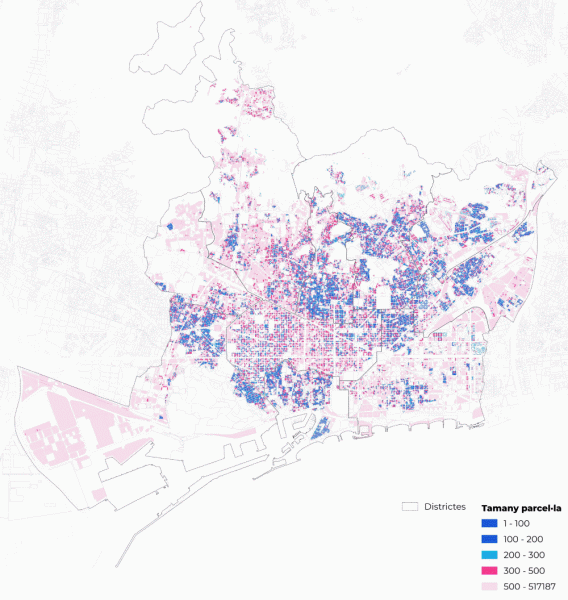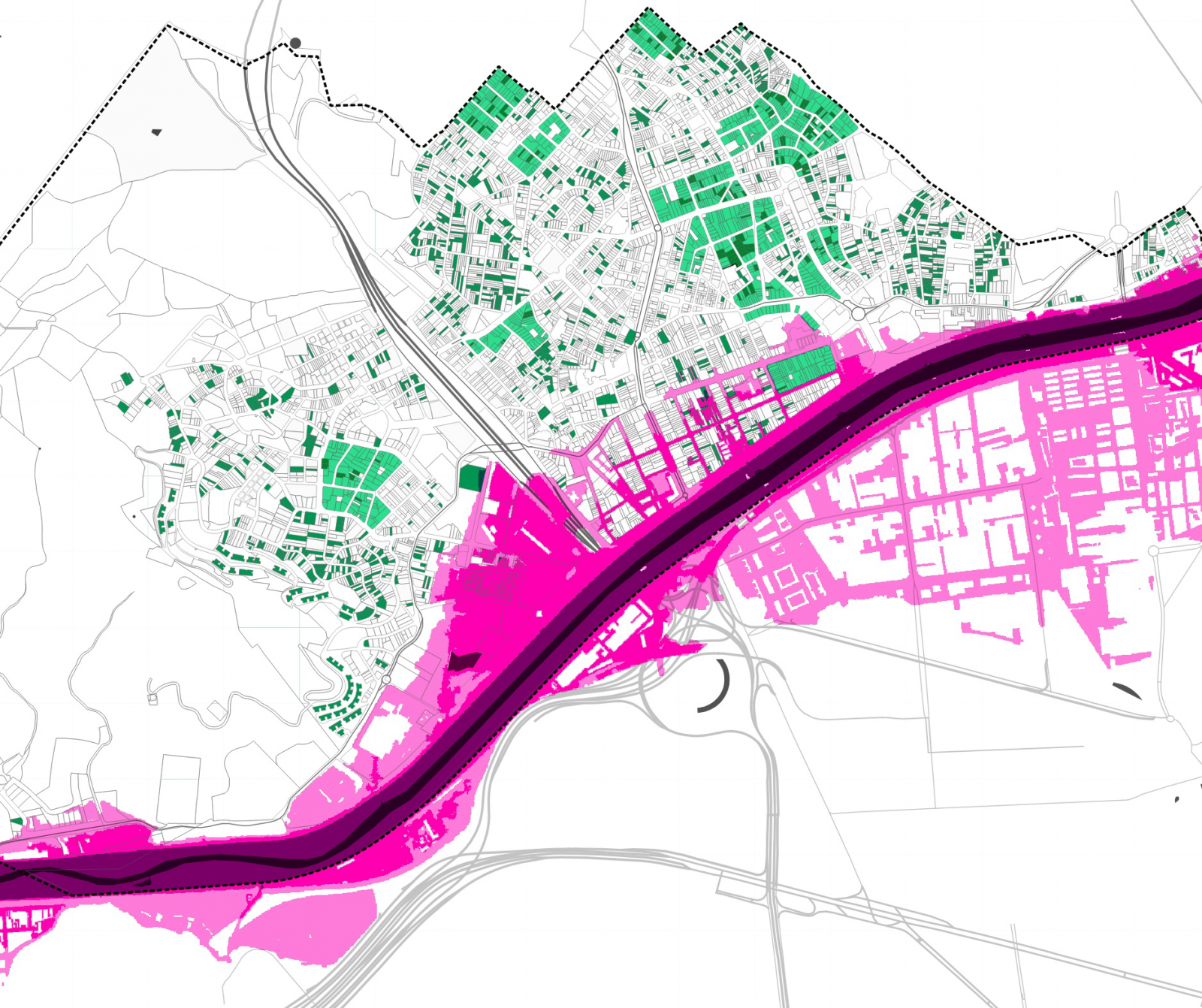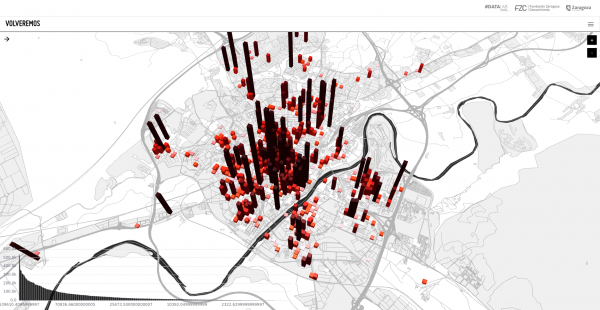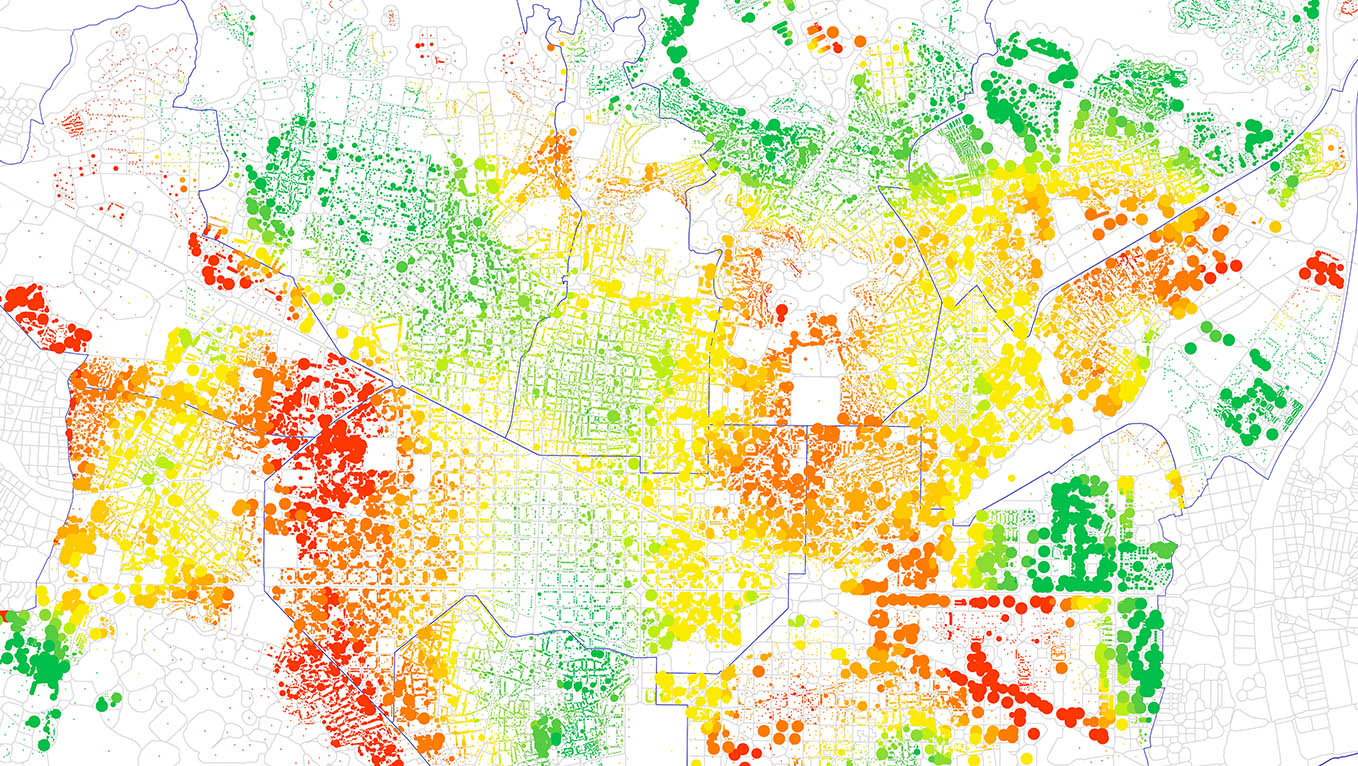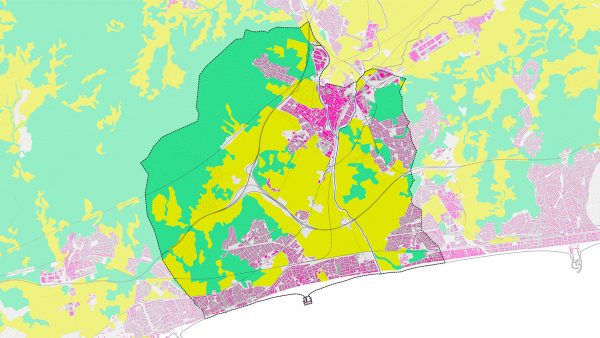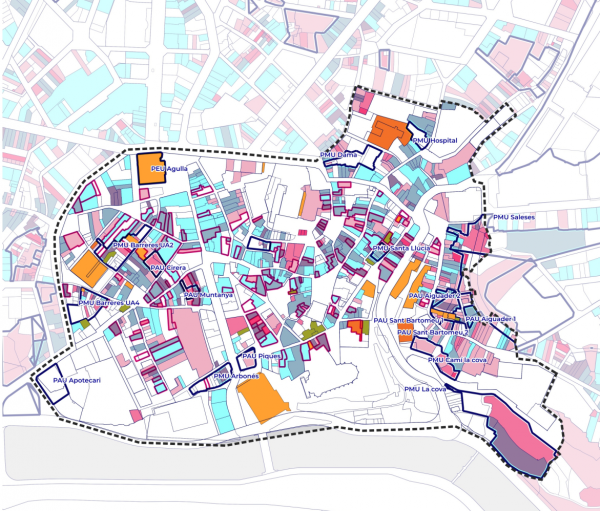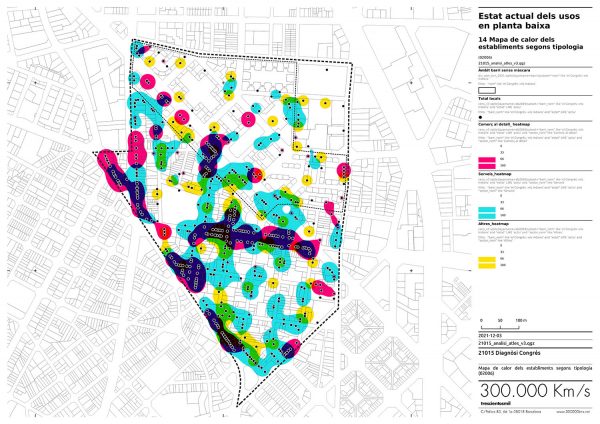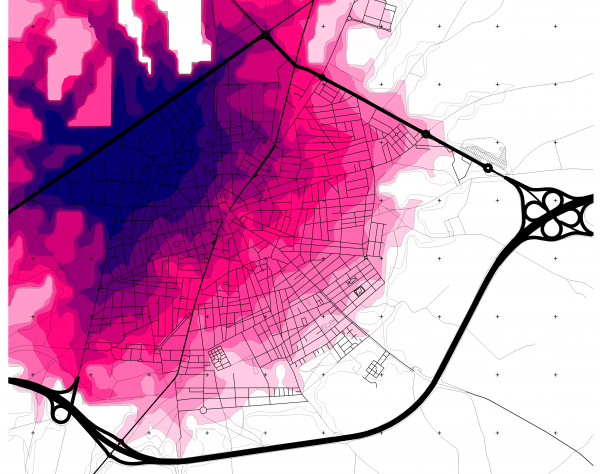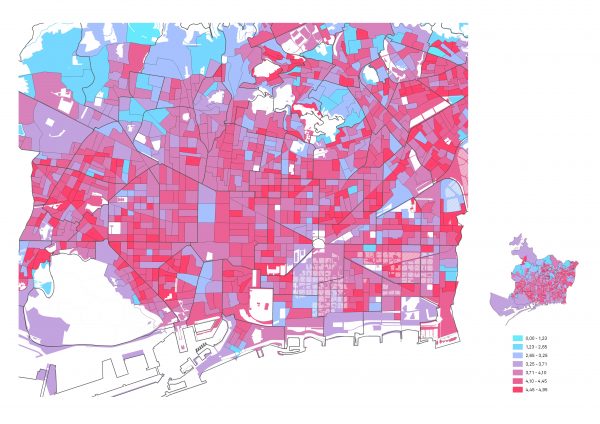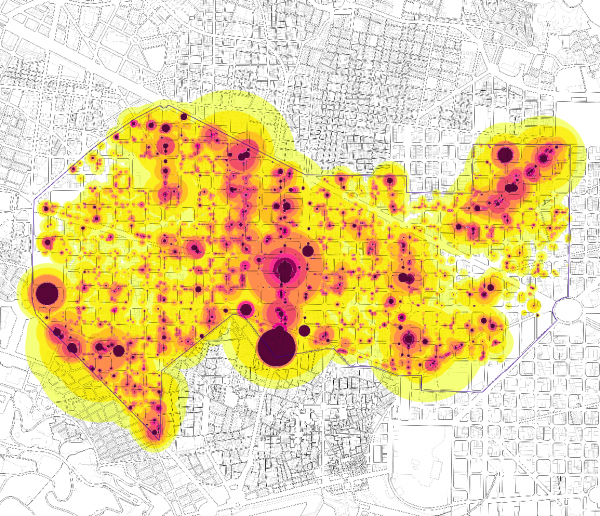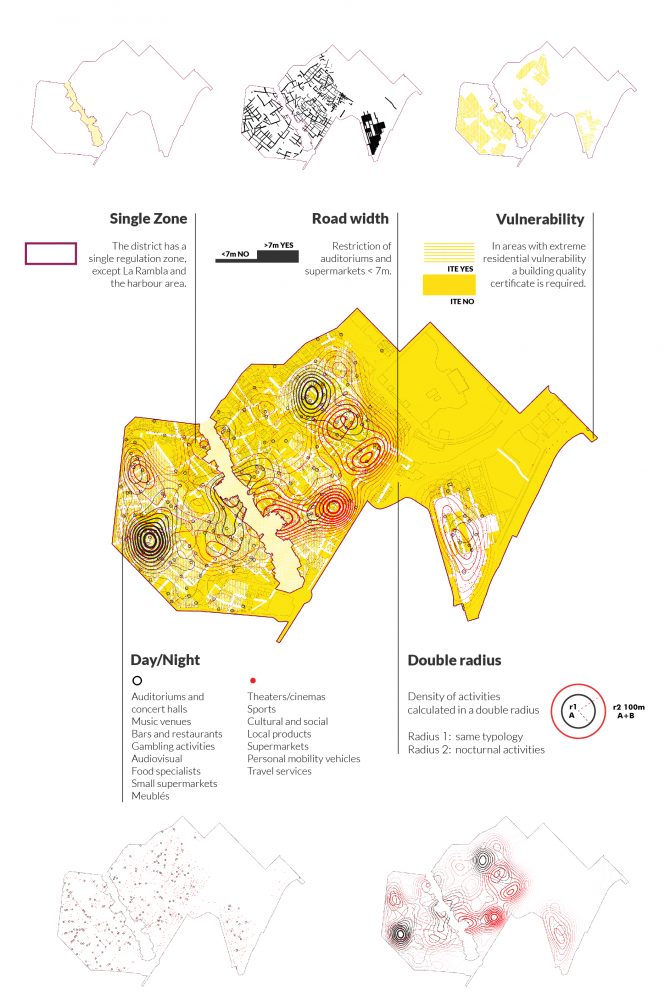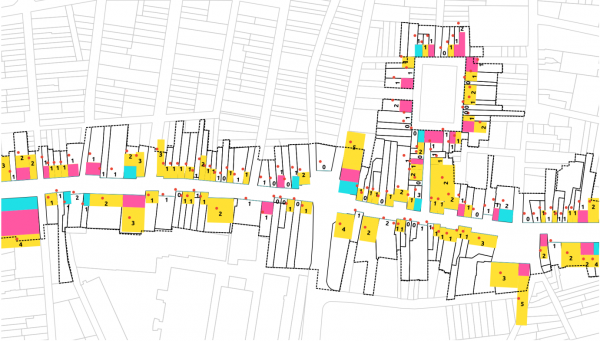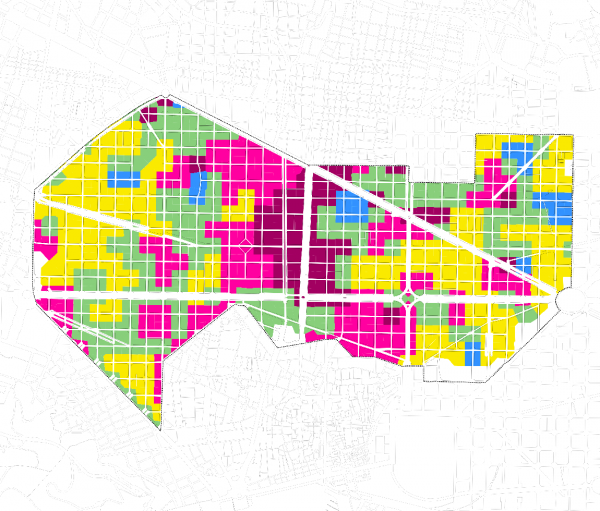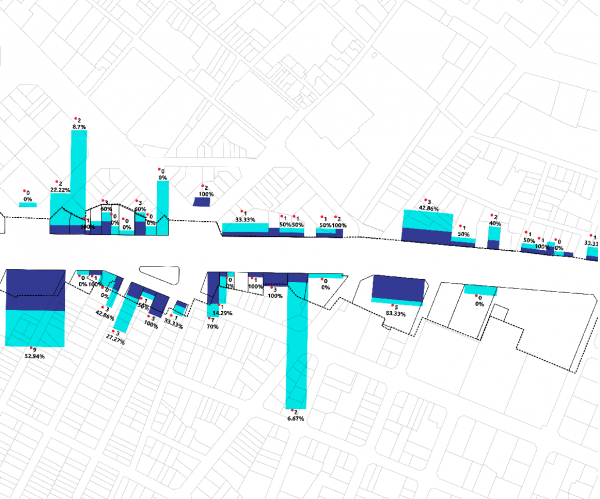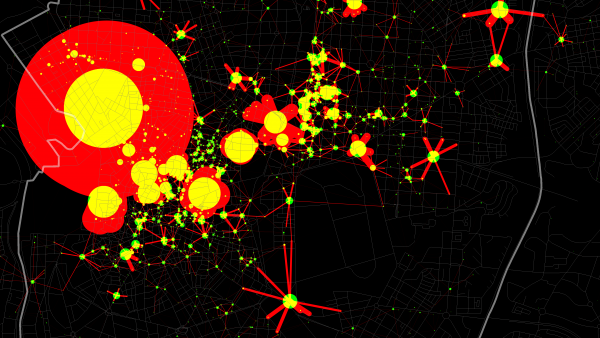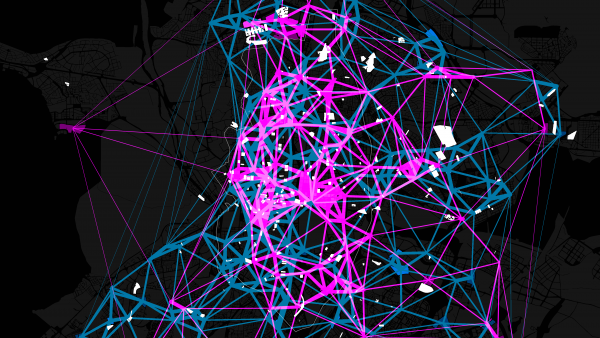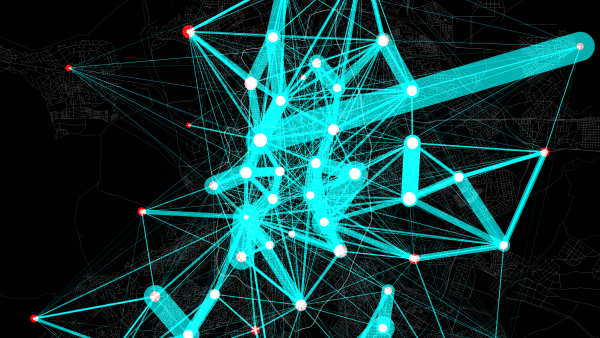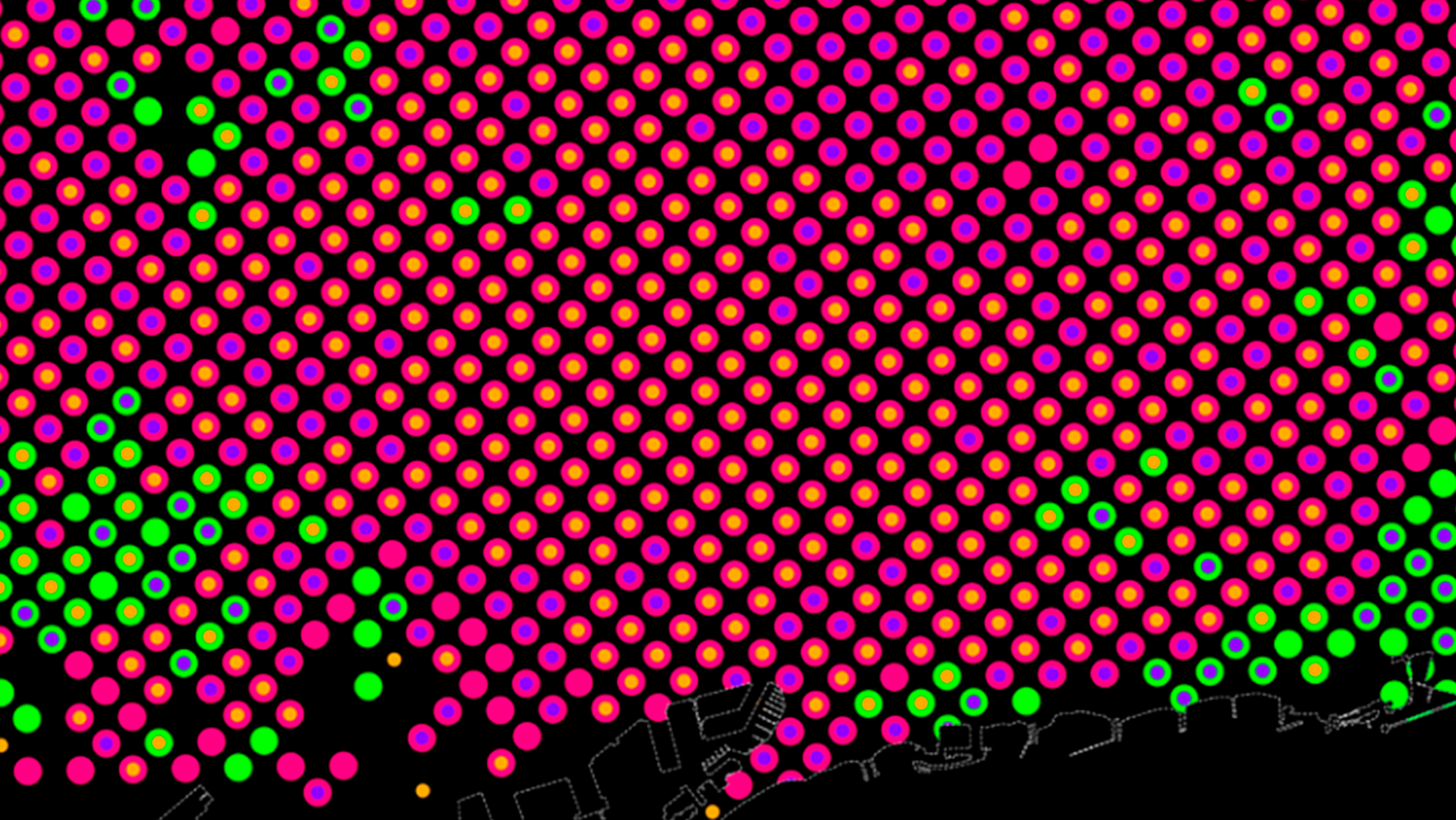Commercial activity is a fundamental pillar when it comes to shaping the image and social control of public space. Commerce offers goods and services to residents and visitors. It is also a driver of development (generating individual and collective benefits) and fosters a sense of belonging among the inhabitants of many urban areas.
The transition from the retail model toward the acquisition of services, along with the advent of e-commerce and the visitor economy, is transforming the street level in many cities and questioning the values of the proximity-based model.
We have collaborated with local authorities to create data collection strategies, data observatories and performance indicators regarding economic activities. We have drafted public policies that regulate either business implementation and promotion.
The transition from the retail model toward the acquisition of services, along with the advent of e-commerce and the visitor economy, is transforming the street level in many cities and questioning the values of the proximity-based model.
We have collaborated with local authorities to create data collection strategies, data observatories and performance indicators regarding economic activities. We have drafted public policies that regulate either business implementation and promotion.
